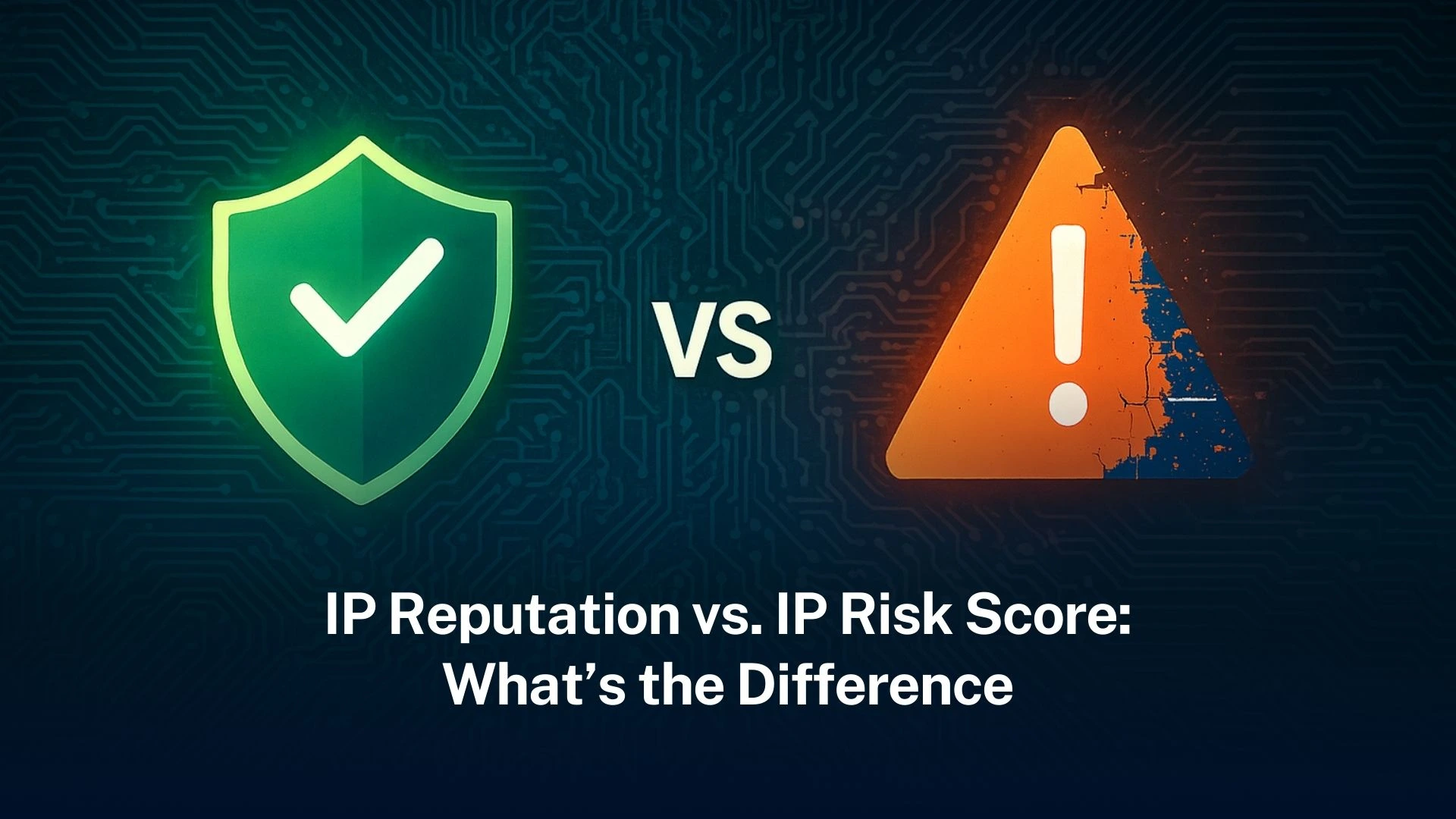Dynamic vs. Static IP Addresses
Understanding the Key Differences and Choosing the Right Option for Your Business
In the realm of networking, IP addresses serve as the backbone of communication, facilitating the exchange of data packets across the internet and local networks. When it comes to assigning IP addresses to devices, businesses often have to choose between dynamic and static IP addresses. In this blog post, we’ll delve into the differences between dynamic and static IP addresses, explore their respective advantages and disadvantages, and help you make an informed decision for your business needs.
Understanding Dynamic IP Addresses:
Dynamic IP addresses are assigned to devices by a DHCP (Dynamic Host Configuration Protocol) server dynamically. Each time a device connects to the network, the DHCP server assigns it a temporary IP address from a pool of available addresses. These IP addresses are subject to change each time the device reconnects to the network or when the DHCP lease expires.
Advantages of Dynamic IP Addresses:
- Cost-Effectiveness: Dynamic IP addresses are typically more cost-effective for businesses as they require minimal configuration and management overhead.
- Scalability: Dynamic IP addressing is well-suited for environments with a large number of devices or frequent changes in network topology, as it simplifies the process of assigning and managing IP addresses.
- Ease of Maintenance: With dynamic IP addressing, businesses don’t have to manually assign or configure IP addresses for individual devices, reducing administrative burden and potential errors.
Disadvantages of Dynamic IP Addresses:
- Lack of Persistence: Dynamic IP addresses can change each time a device reconnects to the network, making it challenging to maintain consistent connections for services that rely on fixed IP addresses.
- Limited Control: Businesses have limited control over the assignment and management of dynamic IP addresses, as they are automatically assigned by the DHCP server based on availability.
Understanding Static IP Addresses:
Static IP addresses, on the other hand, are manually configured and remain constant for each device. Unlike dynamic IP addresses, static IP addresses do not change over time unless manually reconfigured by a network administrator. Static IP addresses are typically used for devices that require permanent, fixed addresses, such as servers, printers, and network appliances.
Advantages of static IP addresses:
- Stability: Static IP addresses provide a stable and predictable network environment, ensuring consistent connectivity for devices that require fixed addresses.
- Remote Access: Static IP addresses simplify remote access to devices, services, and applications, as they provide a reliable point of entry into the network.
- Compatibility: Some applications and services, such as web hosting, email servers, and virtual private networks (VPNs), require static IP addresses for proper functionality and security.
Disadvantages of static IP addresses:
- Configuration Overhead: Configuring and managing static IP addresses can be time-consuming and labor-intensive, especially in large-scale network environments.
- Potential for Address Conflicts: Manually assigning static IP addresses increases the risk of address conflicts if multiple devices are assigned the same address inadvertently.
Choosing the Right Option for Your Business:
When deciding between dynamic and static IP addresses, consider factors such as your network size, device requirements, scalability needs, and budget constraints. For businesses with dynamic network environments or limited IT resources, dynamic IP addressing may offer a more cost-effective and scalable solution. However, for devices that require consistent connectivity and remote access, static IP addressing may be the preferred choice, despite its higher maintenance overhead.
Dynamic and static IP addresses in a brief
In conclusion, dynamic and static IP addresses each have their respective advantages and disadvantages, and the choice between them ultimately depends on your business’s specific requirements and priorities. By understanding the key differences between dynamic and static IP addressing and considering factors such as stability, scalability, and control, you can make an informed decision that aligns with your business needs and ensures seamless connectivity in today’s dynamic digital landscape.
For IP Address leasing and IP Address one-stop solutions, kindly visit Larus.net



